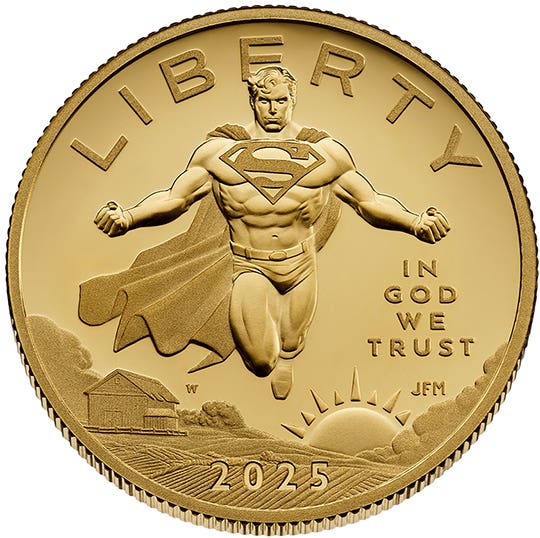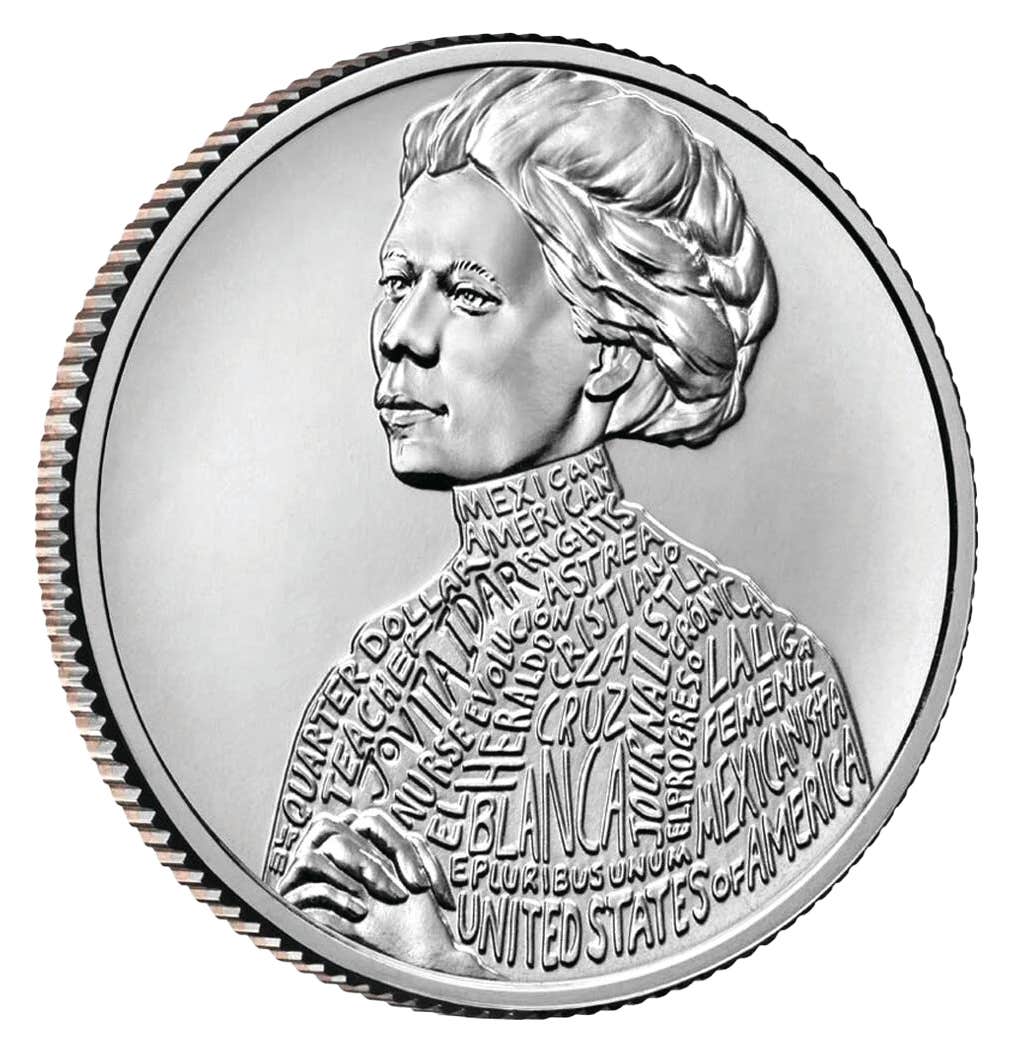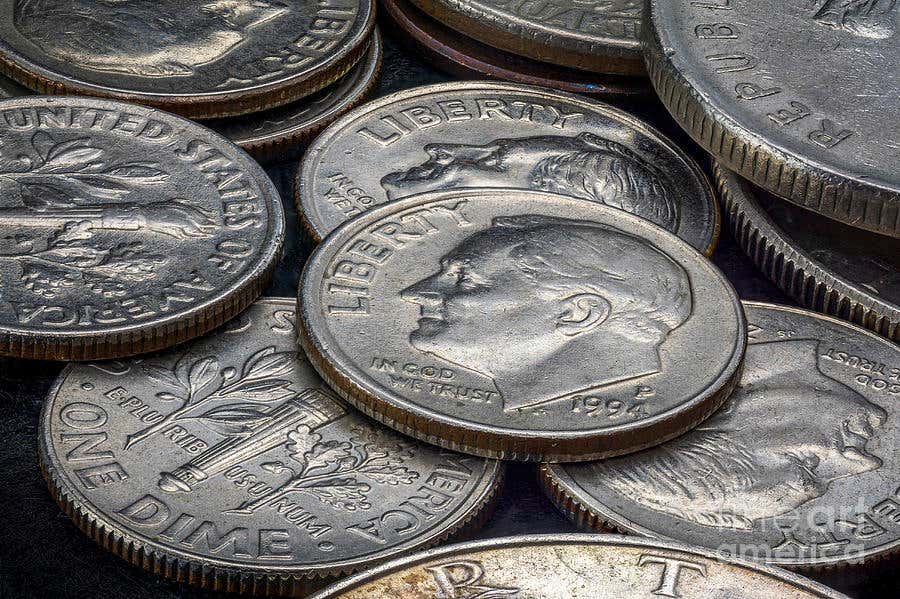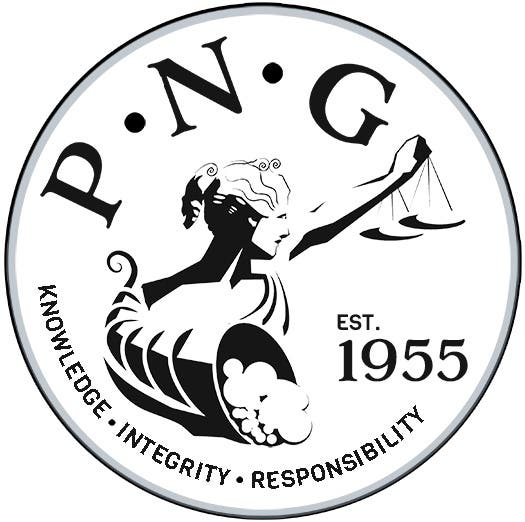Soft metals weaken U.S. coin prices
The spot price of silver in world market’s yesterday dipped as low as $17.28, its lowest levels since March 2010. Gold declined close to $1,200, but did not fall below…
The spot price of silver in world market’s yesterday dipped as low as $17.28, its lowest levels since March 2010. Gold declined close to $1,200, but did not fall below that threshold or below the $1,180 intra-day price of Dec. 31, 2013. For the 54th consecutive trading day last Friday, the U.S. Access electronic trading market for silver opened lower than the COMEX close.
Beyond the weakness in the U.S. economy, the lackluster precious metals markets may have contributed to a significant slowdown of activity in some U.S. numismatic coin markets. Several dealers who have been constant buyers of some categories of U.S. coins have pretty much stopped buying. The prices of many key date coins in typical grades are dropping faster than the wholesale reporting services can track.
However, many world coins are still in strong demand, as are many ancient and medieval issues and also U.S. and world paper currencies, so bargains there could be tough to find. But, if you are a collector of U.S. coins that has the available funds, you may find some great buying opportunities in the next few months.
There are a number of factors supporting the likelihood of higher gold and silver prices in the near future. Among them are:
• The prohibition of multiple forms of market manipulation on commodity and financial instrument exchanges owned by CME Group (which owns the COMEX, NYMEX, and GLOBEX in New York and the Chicago Board of Trade and Chicago Mercantile Exchange in Chicago) as of Sept. 15.
• The tighter restrictions on leveraged accounts to be imposed by the CME Group on Oct. 1, which will require margin calls to be covered within one day instead of the current 3-5 days.
• The change taking effect Jan. 1 where the Federal Reserve, Federal Deposit Insurance Corporation and the Office of Comptroller of the Currency will prohibit U.S. banks with $250 billion or more of assets (which cover about there-quarters of all U.S. bank deposits) from owning municipal bonds as part of their High Quality Liquid Assets that are needed to help a bank survive a run on its assets in the event of a credit crisis. This action will have the U.S. government competing to borrow the same funds as are now being loaned to lower levels of government. As a result, multiple state, county and municipal governments and government school districts could be pushed into bankruptcy.
• The record high level of open contracts on the COMEX silver market. At the close last Friday, more than 173,000 contracts were extant, involving more than 865 million ounces. This is a higher number of open contracts than at the end of April 2011 when the spot price of silver was close to $50 per ounce. That is an indication of the desperation of short sellers to hold down the price at the same time that one or more deep-pocketed buyers take them on by purchasing ever greater amounts of silver, which could theoretically be turned into the delivery of physical silver down the road.
• The U.S. Dollar Index is at a multi-year high against the Japanese yen and the euro, putting several financial strain on their markets. At the same time Russia, China, India, Brazil, South Africa and the European Union are taking steps to reduce the need for U.S. dollars to pay for international transactions.
• The disclosure that central banks around the globe own more than 50 per of publicly traded stocks on worldwide exchanges shows that central banks have shifted their holdings more toward volatile rather stable assets.
• Recent off-the-record remarks by former Commodity Futures Trading Commission Chair Gary Gensler when asked about the rigging of financial markets. Gensler’s answer was to the effect that if it was possible for any market to be manipulated, then investors have to assume that the market is being manipulated.
• The efforts under way by the Governmental Accounting Standards Board to require all levels of government in the United States to be much more financially transparent about the extent of their unfunded pension and retiree health care benefits. The hit to the finances of governments at all levels exceed $200 trillion, which is greater than the value of all the world’s assets other than outstanding currency. In anticipation of this financial reporting change, which I predict will apply for the 2016 fiscal year, the government of the city of Chicago is, for instance, considering a 100 percent repudiation of all future retiree healthcare benefits.
• The pronouncement last Wednesday at the end of the latest Federal Open Market Committee meeting followed my prediction almost perfectly. The FOMC continued to pretend that the U.S. economy is recovering, thereby justifying a further decrease in the stated amount of inflation of the money supply (disguised by calling it “quantitative easing”). However, the FOMC then stated that because the U.S. economy is not recovering (although the announcement did not phrase it that openly) that Federal Reserve interest rates would be kept at near zero levels for an extended time.
• There has been an almost perfect pattern for the past several years for gold and silver prices to be suppressed heading into the FOMC meetings. Then, after the announcement at the end of the meeting, gold and silver prices surge. That did not happen last week. The price of gold closed on the COMEX last Wednesday down 75 cents over Tuesday’s close, while silver was only up one cent. Prices of both metals have since been pushed down further. This change in the pattern could be a sign of the extent of desperation that the U.S. government is facing at trying to prevent a crash in paper asset markets.
• Although this is not scientific, it has actually been an accurate indicator of gold and silver market bottoms. A couple of analysts who have recommended the purchase of precious metals have reported in the past few days that they have received hate emails because prices have continued to fall. In both instances, the analysts noted that when this has happened in the past, gold and silver prices turned upward almost immediately.
The gold and silver markets have been acting out of character for at least the past two months. Prices have declined for events that would have pushed up prices before then. With all the new regulations to affect markets, it looks to me like the U.S. government is conducting a desperate full court press to hold the paper financial markets together. One means to achieve this goal is by suppressing gold and silver prices.
To the extent my observation is correct, that would explain the recent weakness in precious metals prices. It also could be a signal that higher prices are certain to happen at some point.
The question on everyone’s mind, and to which no one really knows the answer, is when gold and silver markets will finally hit bottom, then start to rise. In my judgment, we are close to the bottom.
In the meantime, retail buying demand for precious metals has increased somewhat from recent months, but not to a significant degree. I suspect that a lot of potential buyers are waiting until they are certain that markets have passed the bottom. However, retail liquidation has slowed, which will eventually show up in tighter supplies and higher premiums.
The premium for U.S. 90 percent silver coins, which have been out of production for 50 years, is up about 20-25 cents per ounce from two months ago. If the prices of gold and silver start a solid recovery, look for a major retail buying surge of physical coins and bars.
Patrick A. Heller was the American Numismatic Association 2012 Harry Forman Numismatic Dealer of the Year Award winner. He owns Liberty Coin Service in Lansing, Mich., and writes “Liberty’s Outlook” a monthly newsletter on rare coins and precious metals subjects. Past newsletter issues can be viewed at http://www.libertycoinservice.com. Other commentaries are available at Coin Week (http://www.coinweek.com and http://www.coininfo.com). He also writes a bi-monthly column on collectibles for “The Greater Lansing Business Monthly” (http://www.lansingbusinessmonthly.com/articles/department-columns). His radio show “Things You ‘Know’ That Just Aren’t So, And Important News You Need To Know” can be heard at 8:45 a.m. Wednesday and Friday mornings on 1320-AM WILS in Lansing (which streams live and becomes part of the audio and text archives posted at http://www.1320wils.com).
More Coin Collecting Resources:
• Kick-start your coin collection with the Fundamentals of Coin Collecting set of essential resources and tools.
• Strike it rich with this U.S. coins value pack.
• Build an impressive collection with Coin Collecting 101.








